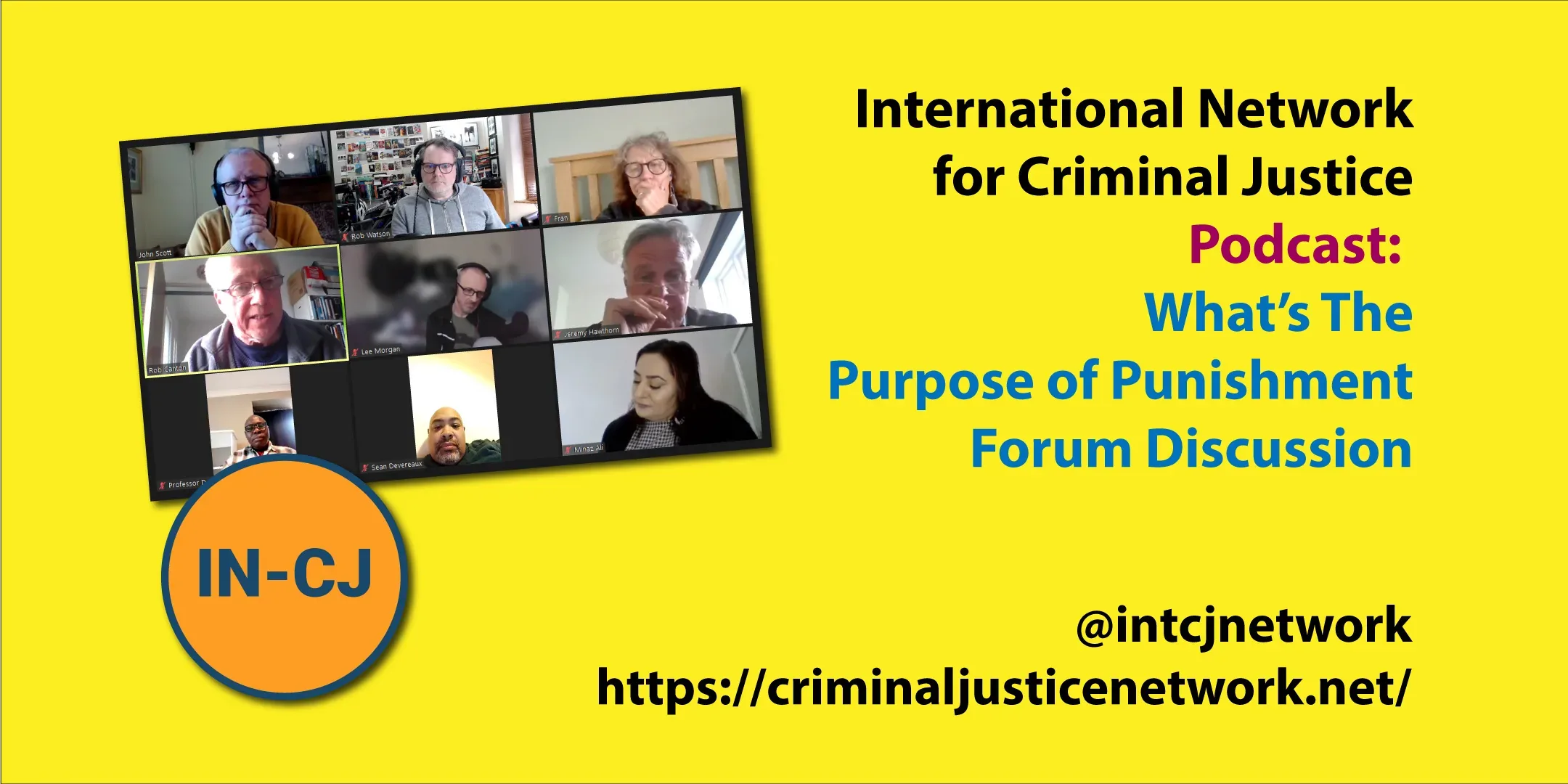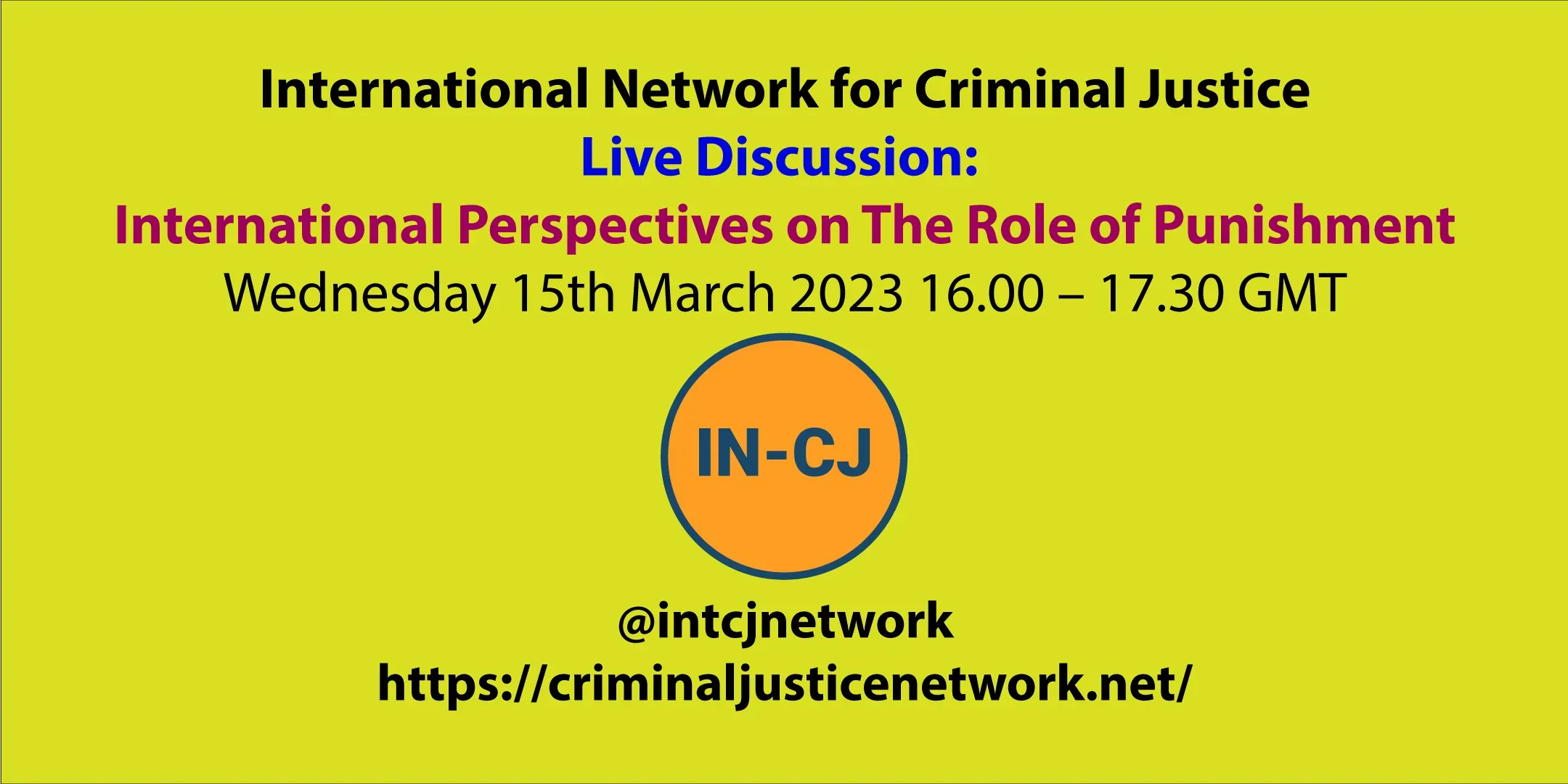Surviving and Thriving Through Covid-19: How Finland Digitalized Rehabilitation in Prisons
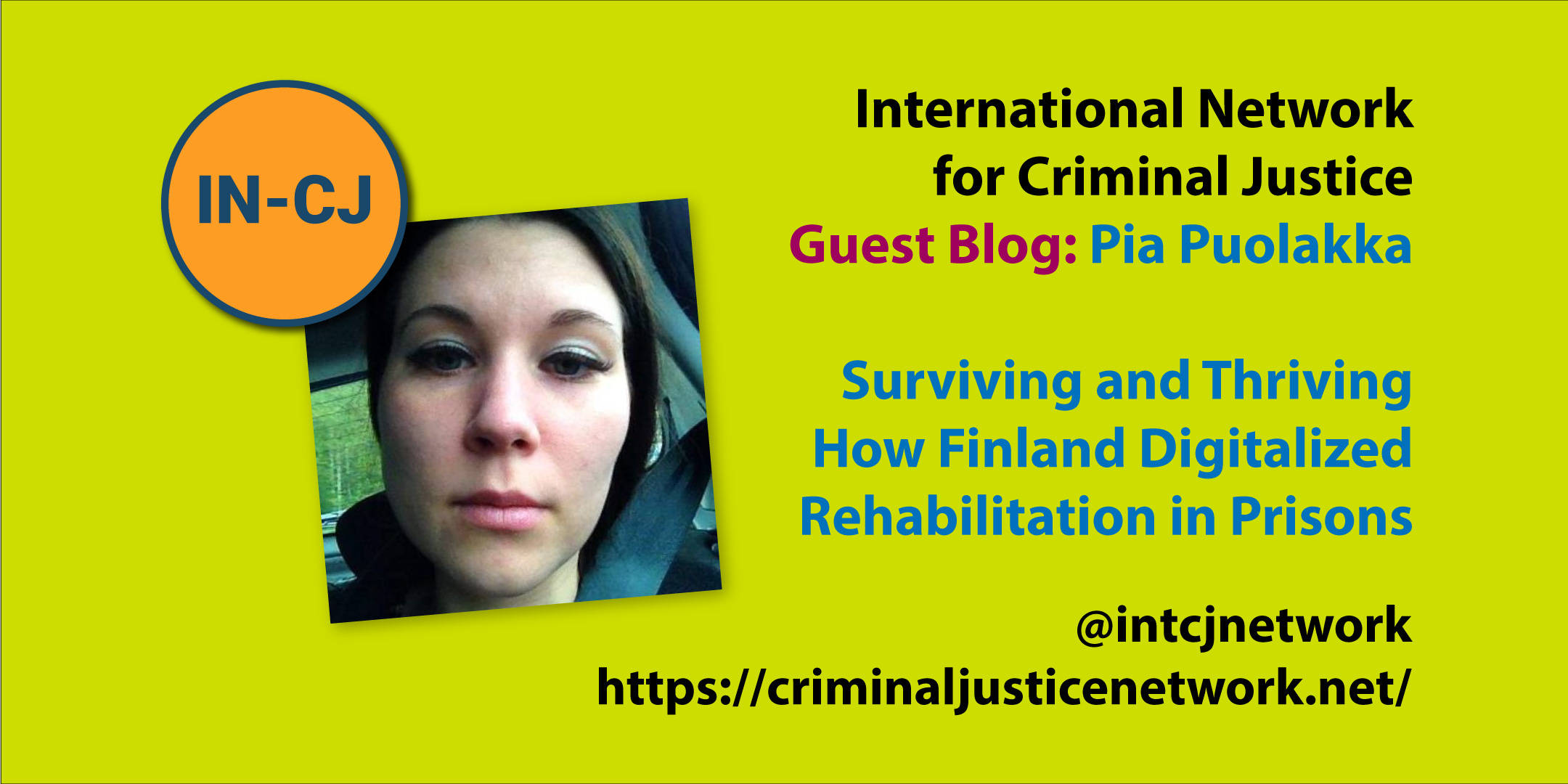
The guest blog post by Pia Puolakka, Senior Specialist, Team Leader in the Prison and Probation Service of Finland, focuses on how Finland has advanced the digitalization of rehabilitation in prisons, particularly during and following the COVID-19 pandemic. It details the transition towards using digital technologies to support prisoners’ rehabilitative needs, such as education, health care, and maintaining social connections. The concept of “digital rehabilitation” is explored, highlighting Finland’s implementation of Smart Prisons that allow inmates to access various services directly from their cells. The document also discusses the broader implications for human rights, the effectiveness of these digital services, and the ongoing efforts to raise AI literacy and manage cybersecurity risks within the prison system.
Digitalization in prisons took a significant and necessary leap during the COVID-19 pandemic in many countries. Suddenly, prison services had to rely on digital means to secure prisoners’ basic rights and rehabilitative needs, including education, psychosocial rehabilitation, health care, and social relations. In the post-pandemic area, digitalization in prisons is increasing, and so is the use of artificial intelligence (AI), so there’s no going back to the time before COVID-19. The rapid advancement of digitalization and AI in society is a challenge for prison systems to keep up with this development.
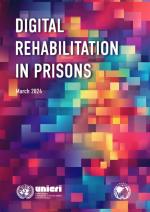 A recent report by the United Nations Interregional Crime and Justice Research Institute (Yamamoto et al., 2024) launched a new term, ‘digital rehabilitation’, and presented various examples of digital rehabilitation in prisons worldwide. Digital technologies can potentially reshape how correctional agencies provide rehabilitation to prisoners, but some guidelines are needed to define the best practices and secure ethical implementation. According to the UNICRI report, the development of a digital rehabilitation strategy can follow three pathways: adaptive, enhanced, or transformational. Adaptive pathway is about relatively simple adaptations of available digital technology to support rehabilitative activity. An example of this would be standard video-conferencing software in prisons as a response to Covid-19. The enhanced pathway involves adopting digital rehabilitation as an adjunct or supplement to existing rehabilitative activities like behaviour change programs, education, and vocational training to increase the delivery, flexibility, accessibility, or effectiveness of those rehabilitative practices.
A recent report by the United Nations Interregional Crime and Justice Research Institute (Yamamoto et al., 2024) launched a new term, ‘digital rehabilitation’, and presented various examples of digital rehabilitation in prisons worldwide. Digital technologies can potentially reshape how correctional agencies provide rehabilitation to prisoners, but some guidelines are needed to define the best practices and secure ethical implementation. According to the UNICRI report, the development of a digital rehabilitation strategy can follow three pathways: adaptive, enhanced, or transformational. Adaptive pathway is about relatively simple adaptations of available digital technology to support rehabilitative activity. An example of this would be standard video-conferencing software in prisons as a response to Covid-19. The enhanced pathway involves adopting digital rehabilitation as an adjunct or supplement to existing rehabilitative activities like behaviour change programs, education, and vocational training to increase the delivery, flexibility, accessibility, or effectiveness of those rehabilitative practices.
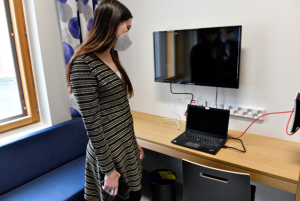
The third pathway is transformational: a fundamental reconceptualization of how rehabilitation can work in prisons, including providing prisoners with various digital resources and access to a wide range of self-help and rehabilitative interventions directly within their cells. An example is the Smart Prison concept by Finland’s Prison and Probation Service. This concept was also described as holistic with a high level of digital maturity. In a holistic model, digital rehabilitation is realized on all contribution levels: economic, social, personal, cultural, and health. In an organization of high digital maturity, there’s readiness and engagement on all levels of the organization and its resources to forward digitalization to improve conditions for prisoners and prison staff alike (Knight, Reisdorf & Van De Steene, 2023).
Finland’s Prison and Probation Service implemented three Smart Prisons in 2021-2023 to provide prisoners access to digital services directly from their cells. Smart Prison concept defines prison as a learning environment for a life without crime, where digital services provided through personal cell devices support rehabilitation and reintegration. Personal cell devices provide specific software for communicating and managing everyday affairs inside the prison and limited interactions with the outside world, including contacting healthcare, educational services, authorities, and cooperation partners via video calls, websites, and e-mail. Finnish research and evaluation of the impacts of these digital services have shown that they can improve prisoners’ basic and human rights and rehabilitative outcomes (Puolakka, 2022; Puolakka & Suomela, 2023).
The selection of digital services provided covers all rehabilitative themes and takes into account vulnerable sub-groups of prisoners like women, foreigners, and those with neuropsychological difficulties. Prisoners’ most important digital services include online contact with health care services, education, and contact with close ones outside prison (Puolakka, 2022). From the staff’s perspective, digital management of prisoners’ requests, interactions, materials, and schedules has made their workflows smoother and faster (ibid). When prisoners can take care of their daily matters independently, it saves staff resources and trains prisoners for similar processes outside the prison in a modern, digitalized society. Learning digital skills is also necessary for any educational or vocational purposes outside prison. Finnish studies on digital services provided for prisoners have also found that digitalization supports one of the key principles of Nordic criminal policy. This normality principle states that the prison environment should correspond as much as possible to conditions in normal society (Järveläinen & Rantanen, 2023).
Finland also implemented some additional digital services in prisons during COVID-19, like virtual reality (VR) programs for rehabilitation and training in artificial intelligence as prison labour. The use of VR for prisoners’ well-being and skills learning has become common in many countries. In Finland, skills training for anxiety and empathy skills has been done through VR-assisted sessions by prison psychologists and in collaboration with the Health Care Services for Prisoners. The training AI work consists of reading text documents related to real estate and responding to questions regarding the text. This type of work trains prisoners in digital and literacy skills and concentration. Besides the AI training, prisoners can study online introductory courses on AI provided by the university via their own cell devices.
Raising AI literacy and awareness is an ongoing challenge in European prison services. Finland has two current AI projects that partly automate offender assessment and management. These AI-based programs are intended to help better equivalence between prisoners’ risks, needs, and the services recommended to them. This also includes recommendations of services upon release back to society, where successful reintegration needs a lot of collaboration between prison service and civil society. Finland is also prepared to mitigate the possible cyber risks, such as cyber crimes, that could result from prisoners’ enhanced access to digital services and digital skills.
Resources
Järveläinen, E., & Rantanen, T. (2023). Realisation of the principle of normalisation in the adoption of ICTs in a women’s prison: A Finnish qualitative study. Journal of Criminology. https://doi.org/10.1177/26338076231211014
Knight, V., Reisdorf, B. and Van De Steene, S. (2023). Digital Maturity of Prisons: A Global Survey. https://dora.dmu.ac.uk/server/api/core/bitstreams/6fb3271c-d833-4a88-98da-6bc97d30c90d/content
Puolakka, P. (2022). Implementing a Smart Prison in Finland. Advancing Corrections Journal, 14. ICPA.
Puolakka, P., & Suomela, M. (2023). Digitalization Supports Human Rights in Finnish Prisons. Advancing Corrections Journal, 16, p. 50-61. ICPA.
Yamamoto, M., Knight, V., Ross, S, & Burnett-Stuart, M., & Roberti, A. (2024). Digital Rehabilitation in Prisons. United Interregional Crime and Justice Research Institute (UNICRI).



